Extraordinary monuments dedicated to Her Majesty Science (8 photos)
Science can be compared to living matter, because it is constantly changing, improving and living. 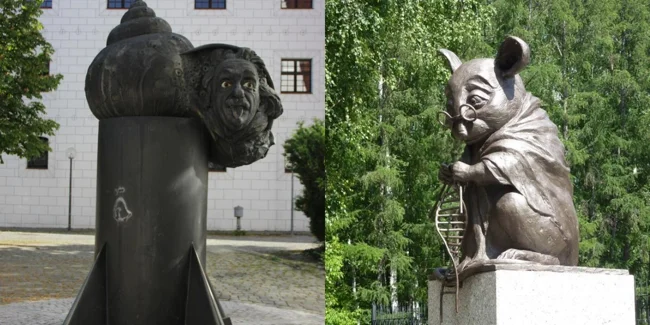
But only a few scientific achievements were given the honor of being captured in stone or metal.
The Mobius strip 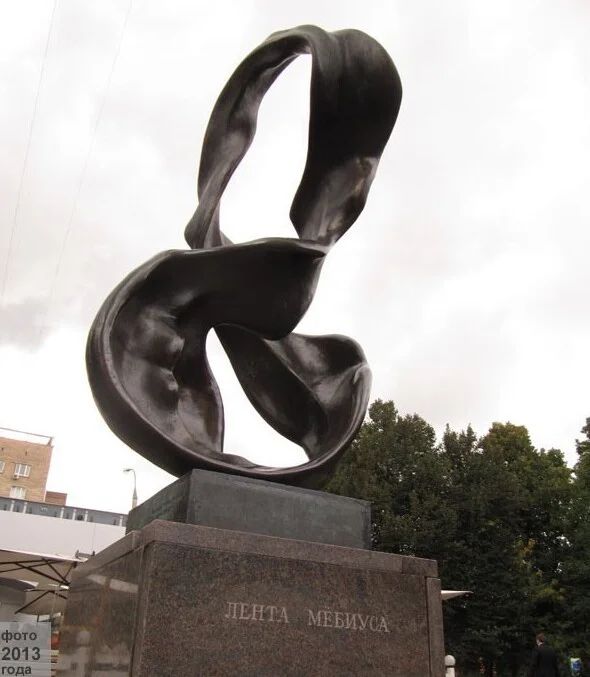
The monument was opened in 1997. It was named in honor of the German mathematician August Möbius. Thanks to this object, he proved that other objects can exist with only one side, and not with two, as was previously thought.
There is even a theory that our Universe is also a kind of Mobius strip. If you look closely, you can see the curves of the female body in the design.
Monument to Paul Walden 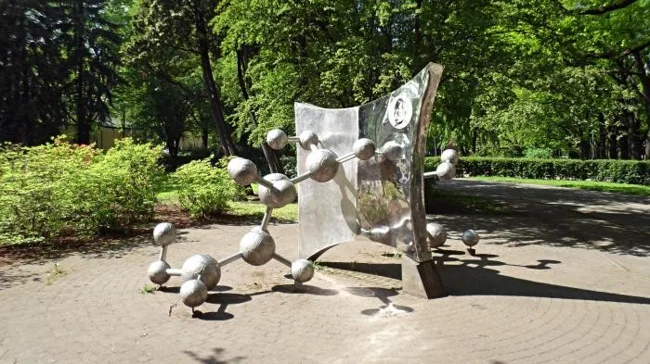
In Riga there is an unusual monument in honor of malic acid molecules. Installed in 2003 near the University of Latvia and dedicated to the talented chemist Paul Walden, who became famous for his inversion, which allows one to convert one spatial isomers into others.
Monument to the creators of the kerosene stove 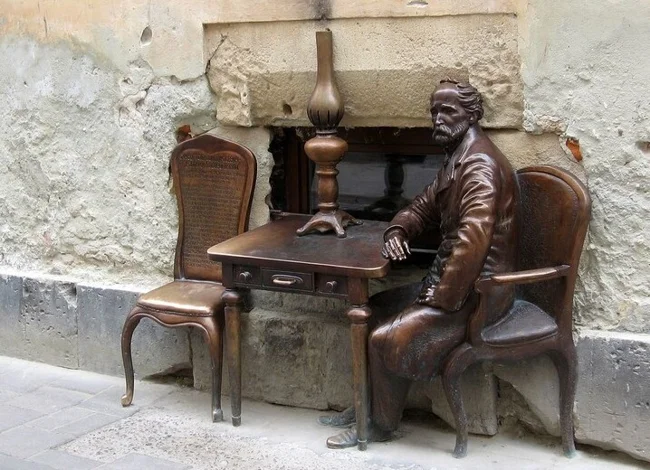
In Lviv there is a monument to two people - Ignacy Łukasiewicz and Jan Zech. They were the ones who invented the kerosene lamp. The first looks out of the window, and the second sits near the table on which there is a kerosene stove. The second is that tourists use a free chair for memorable photos.
Albert Einstein Fountain 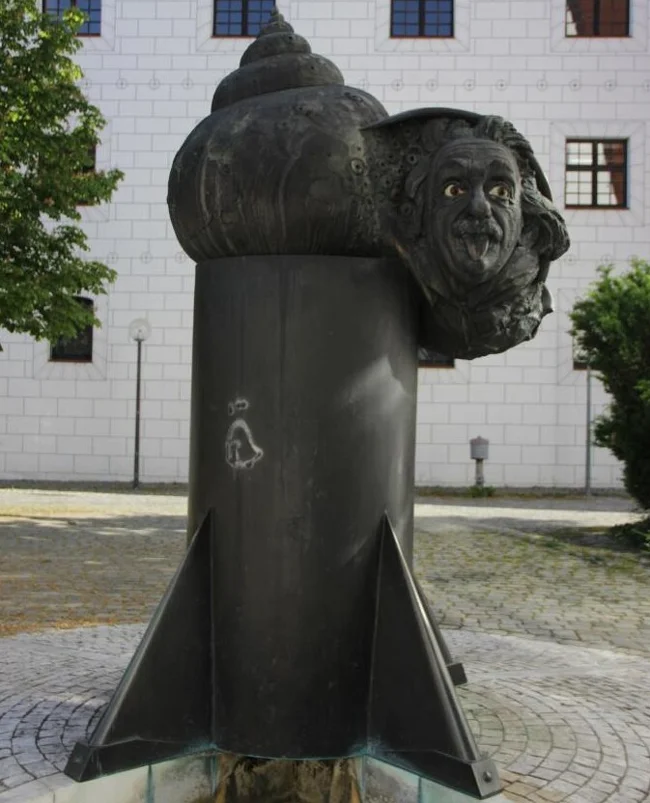
The birthplace of the brilliant scientist is Ulm. Accordingly, this German city has many memorial sites associated with Einstein. One of the most famous and unusual is a fountain with a shell and the satisfied face of a physicist.
The purpose of the unusual monument is to remind that technology and nature (rocket and shell) are one and should not deny each other. Einstein's mischievous face adds lightness to the composition.
Ether 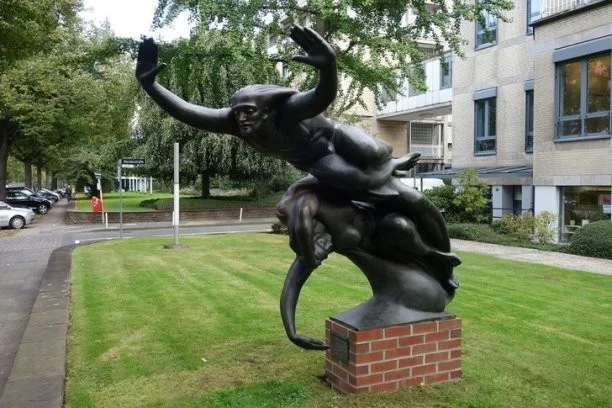
Back in 1933, a monument to the German physicist Heinrich Hertz was erected in Hamburg. He believed that the ether spreads during the movement of bodies. And this hypothesis was expressed in metal by the sculptor Friedrich Wild.
According to the author, the lower figure – female – is the earth. And a man hovers above her, symbolizing the ether.
Monument to Wilhelm Roentgen 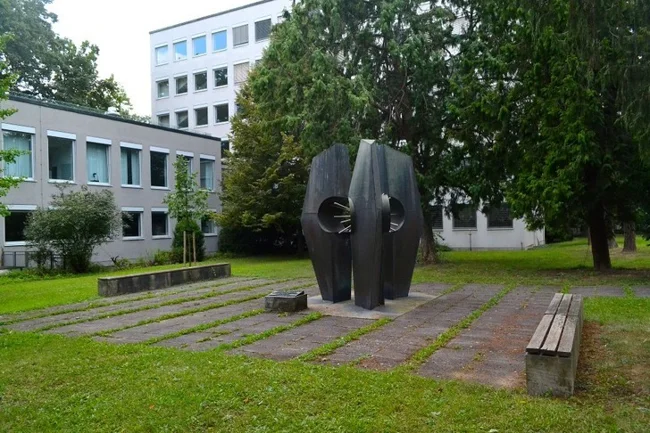
The monument to the scientist who discovered X-rays is located in Giessen (Germany). Here he taught at the university and is buried next to his father and mother in the old city cemetery. The monument looks like parallel metal rays piercing the stone.
Dedication to a laboratory mouse 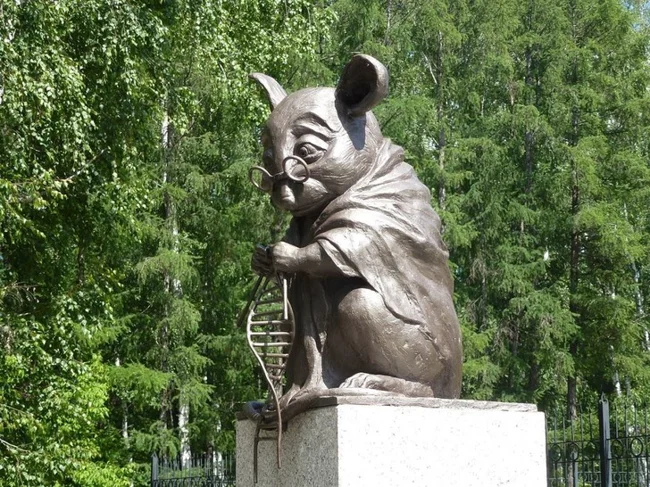
How many of them have sacrificed their little lives on the altar of science - it’s impossible to count. And they decided to immortalize the memory of laboratory mice in this monument, installed in the Novosibirsk Akademgorodok in 2013.
The rodent is depicted in a lab coat, with glasses on his nose. There are knitting needles in the mouse's paws, with which it carefully knits a DNA helix. The author Andrei Kharkevich considered that it would be correct not only to express gratitude to the animal, but also to show that thanks to him, humanity is one step away from an important discovery.
What scientific discovery or achievement would you erect a monument to?
